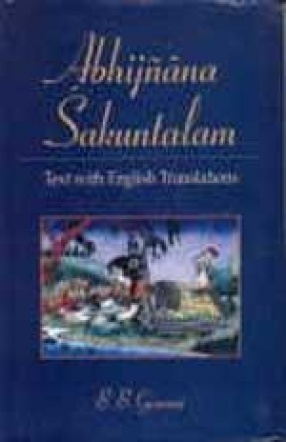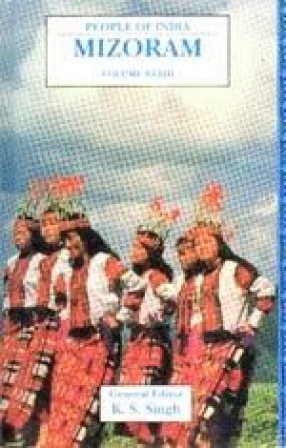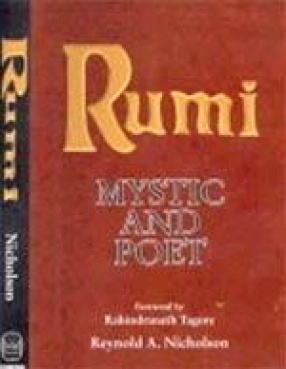From the above works of various descriptions can be judged the versatile nature of the genius of their author. He was a poet, a dramatist and an astronomer. And his works bespeak the superior order of his scholarship, — his acquaintance with the important systems of philosophy, the Upanisadas, and the Puranas; — his close observation of society and its intricate problems:–"his delicate appreciation of the most refined feelings, his familiarity with the conflicting sentiments and emotions of the human heart", — and his keen perception of and deep sympathy with the beauties of nature. His imagination was of a very high order and of a constructive nature. His description aerial voyages in Raghuvansam and Sakuntala is so exquisitely beautiful and so true to nature that one can not but the struck with the vast range of the constructive and reproductive capacity of his imagination. Of the three plays of Kalidasa the Sakuntala has acquired the greatest celebrity. The popularity of this pay with the natives of India exceeds that of any other dramatic and probably of any other poetical composition. But it is not in India alone that the Sakuntala is known and admired. Its excellence and beauty are acknowledged by many learned men in every country of the civilized world. Sakuntala is a maiden bordering on womanhood. Her heart, when we first see her, is already under the influence of love though that feeling has not yet assumed a clear and distinct form. She is guileless, but she feels no scruple in telling an untruth if it serves her ends without doing injury to others. Her capacity for love is unbounded. She can forget herself, forget the world and everything, when she is absorbed in thoughts of love. She is gentle and meek, yet she can undauntedly give vent to her moral indignation against the ruler of the earth. But she is not vindictive. She has that benign graciousness, that forgivingness and that kindly nature, the presence of which in a woman makes a goddess of her, and a heaven of home. The Uttaramacarita, a drama of considerable celebrity from the pen of Bhavabhuti, the poet of deep pathos and the sublime, bears some resemblance to the Sakuntala. The Uttaracarita opens with the installation of Maharaja Ramachandra and his Queen Sita on the throne of Ayodhya, and in this respect does not compare with the Sakuntala, the first three acts of which are taken up with a description of the hero’s devices for gaining the hand of the heroine. The real comparison begins after the banishment of Sita and the public disowning of Sakuntala. The pangs of love which the heroes of both the pays feel at the separation from their respective queens is matter common to the two plays. But Bhavabhuti excels in describing the deep pathos and the heart-stirring incidents. In the closing scenes the resemblance is greater. Dusyanta sees his unknown son, feels his heart overflowing with affection for him; and from a collation of circumstantial evidence concludes the boy to be his son. In the Uttaracarita precisely similar is the predicament of Rama with regard to his unknown sons. Both Sita and Sakuntala are exemplary wives. But Sita a devotion to her husband is of a transcendental nature; her forgivingness verges on improbability.
Abhijnanasakuntalam: Text with English Translations
In stock
Free & Quick Delivery Worldwide
reviews
Bibliographic information
Title
Abhijnanasakuntalam: Text with English Translations
Author
Edition
1st ed.
Publisher
Sanjay Prakashan, 2008
ISBN
8174532862
Length
vi+202p.
Subjects






There are no reviews yet.